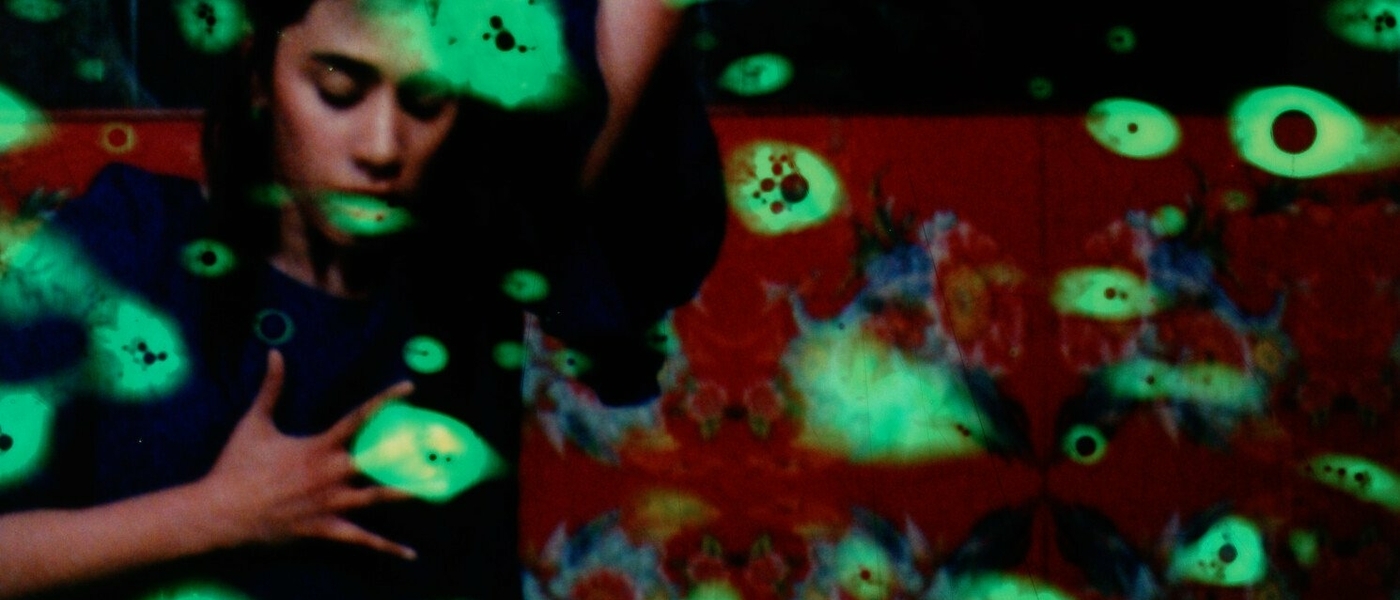About Ella se queda
By Esther Brejon

By Esther Brejon
Interview with Marinthia Gutiérrez Velazco
Could you tell us a few words about the genesis of the film? What was the starting point of "Ella se queda"?
The genesis of Ella se queda emerged when I was waiting to move to Los Angeles. I had gotten admitted into film school there, and there were several months leading up to it in which I felt that my present reality started to feel more and more like the past. I remember going out to this bar back home in Tijuana, El Tropics, which is shown in Ella se queda, with the intention of having a good time - but I would look at myself in the reflections of the mirrors of the walls and see through my sadness, and I knew I wanted to do something with this image and feeling.
Your film embraces several styles and genres. How did you imagine the inventive shape of the film? What were your inspirations?
I like very different kinds of styles in filmmaking, and I go back and forth between loving very simple, documentary-like storytelling and highly stylized or maximalist films. One of my favorite filmmakers is Agnès Varda and she has taught me in her approach to filmmaking that you can be it all, like a chameleon. Since I had the opportunity to shoot in 16mm, I wanted to be as loyal to the art form as I could, and since I also love tactical art, I decided to edit physically on a flatbed as well. Having this way of editing gave me the freedom to both experiment and to use reference points that I've seen in films.
It seems that Laura's empowerment also comes through dance. As a choreographer, what does dance allow you to tell?
The reason why I wanted to start choreographing was because of the beautiful communication I find as a dancer between movement and sound - that for me, as a filmmaker, is just another way to speak or to feel, like when creating a film. But for this project in particular, I collaborated with an incredible choreographer, Dulce Escobedo, that supported my vision in finding movement for not music, but for story. In this case Dulce danced with story in mind, and then music was created inspired by physical movement.